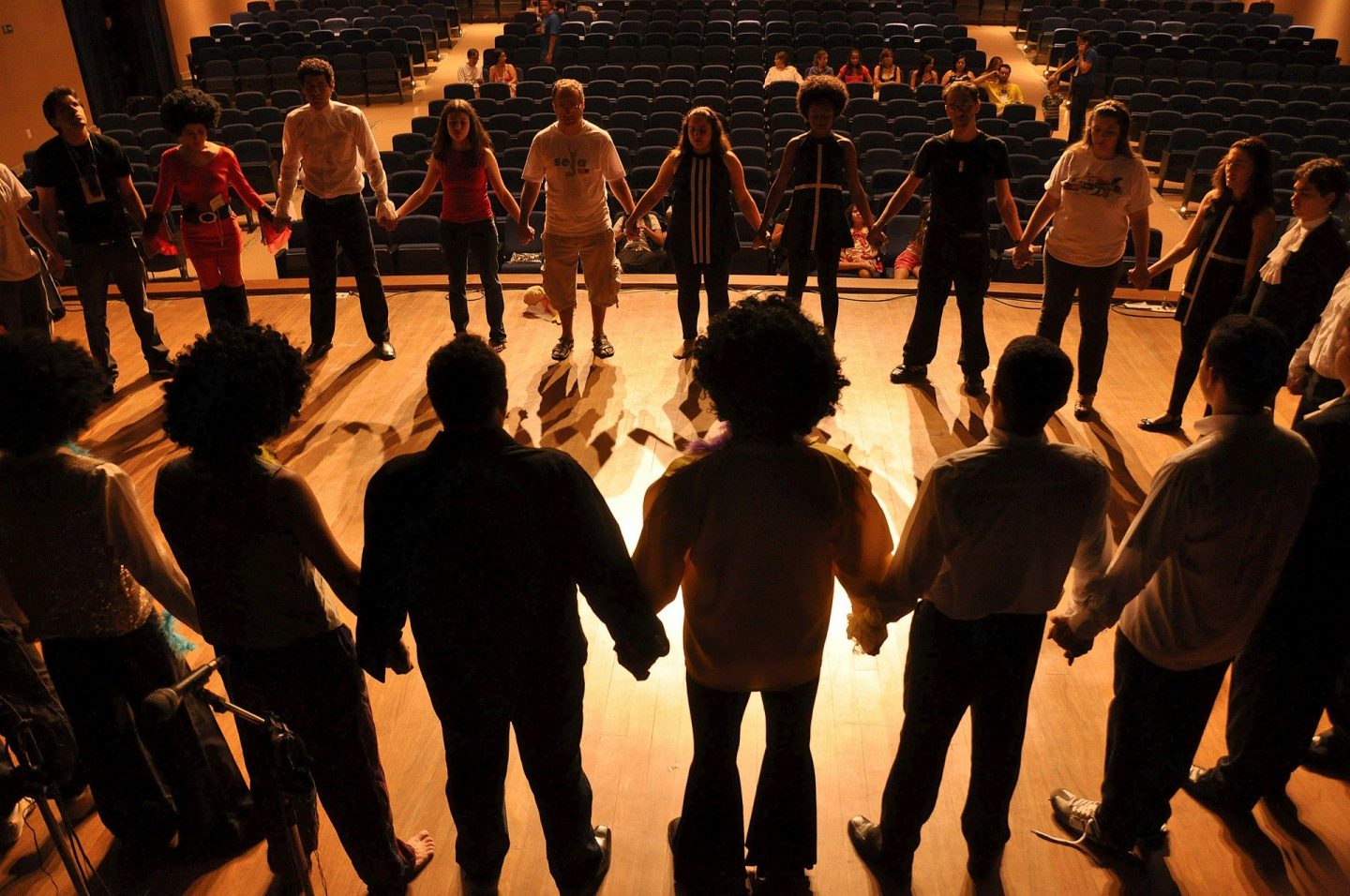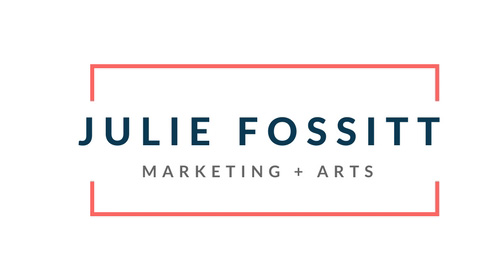My friend Martha posted an article recently about grief, and it resonated with what I have been feeling over the past month. I work all day, bottle up feelings and impatience, and sweat it out in late night or early morning runs. I spend hours at the wee desk in my cold bedroom, with a semi-professional sweater and mascara on my top half, covered in a wool blanket and tattered jeans hidden from view. My teeth clench at night, my nails are chipping. Is this what a certain type of grief feels like?
I don’t do much reflection or planning in my personal life. I tend to treat life in 3 to 6 month increments and don’t think of much beyond that either in the past or in the future. I don’t tend to miss the way things were or have big dreams for the future. I am just kind of here.
Until the stages closed, the seats were empty, the auditorium doors shut. This is what I am grieving.
I spend my days in the digital realm, using technological tools to drive people to see artists live. I have never felt more joy than seeing an artist walk out onto a stage, look up into the spotlight, and see hundreds of seats full of people. There is nothing else to start a live performance in a better way.
I am not grieving the possibilities, but the past. For the sake of the artists, our communities, our storytellers, our children – I can’t continue to grieve, but I need to look for ways to keep answering “what is art for?”. We need to discover how the artist and audience connection can be replicated in new ways. Can we find a way to keep people safe and still connect to the art and the artists?
A few years ago, a colleague and myself worked on a significant event – close to 25,000 people were there. There was a technical glitch at the beginning – we both stopped breathing for those seconds – but then the show started and it was magic. We looked out at the crowd and knew that our small part in this mattered. I sat on the curb of the road after an 18 hour day watching the stage come down and knew that night would be hard to beat.
But, there are so many other smaller, but equally as precious moments, that matter to me. The first time I saw Handel’s Messiah; the first show that I helped to promote at the NAC’s Fourth Stage; sneaking into the loge at Place des Arts to watch Holst’s The Planets up close; seeing James Taylor live beside my Dad; taking both of my kids to the Grand Theatre for the first time.
Instead of grieving what I had, perhaps I should direct these emotions into energy to find ways to bring these connections to audiences once again. Can the definition of an audience evolve to allow for better access and more intimate experiences?
The vehicle for the delivery may change, but we still – now more than ever – need the art. We need the words, the music, the dance, the colours, the dreams, the fear, the creation. I need to let the artists help us figure out how to do this and be there to support them every step of the way.

As David Kessler shares in his Harvard Business Review article, we are grieving… “the loss of normalcy; the fear of economic toll; the loss of connection. This is hitting us and we’re grieving. Collectively. We are not used to this kind of collective grief in the air.”
It’s time to put the grief aside, look up from the Netflix stream and Facebook feeds, and figure out how to approach the performing arts in ways that will continue to feed the hearts and minds of audiences. We can look at our communities and find what speaks to them and how to find those connections in smaller, perhaps more meaningful ways, than ever before.
The arts were made for this. Let’s go.
